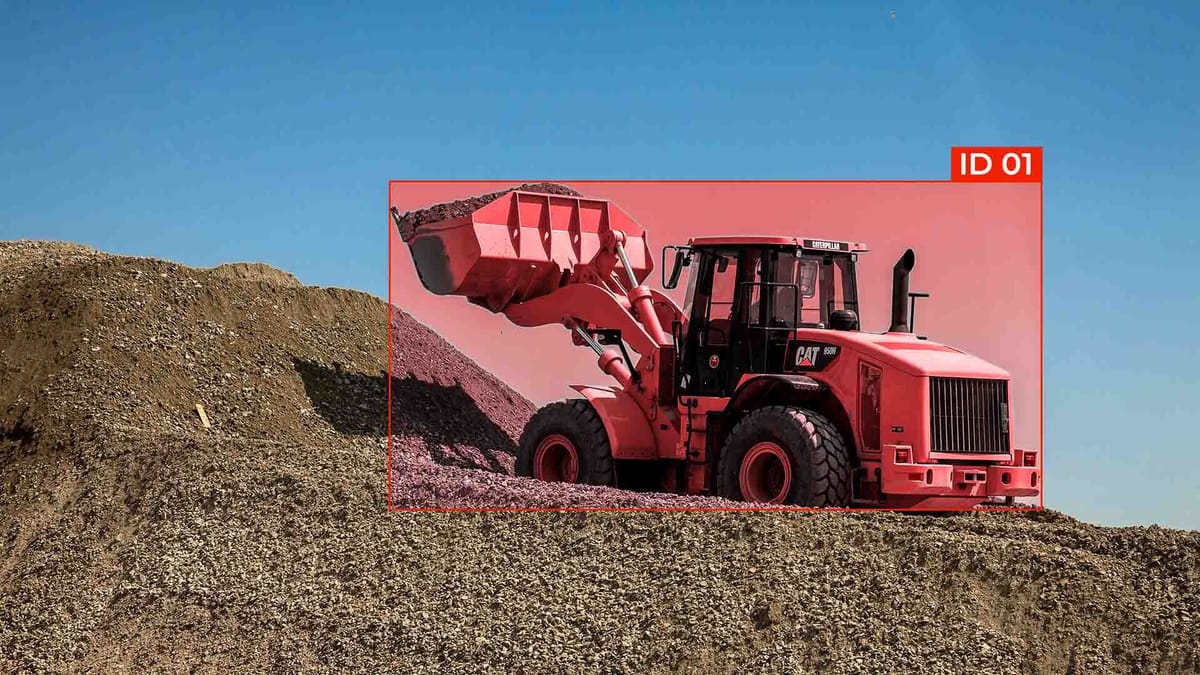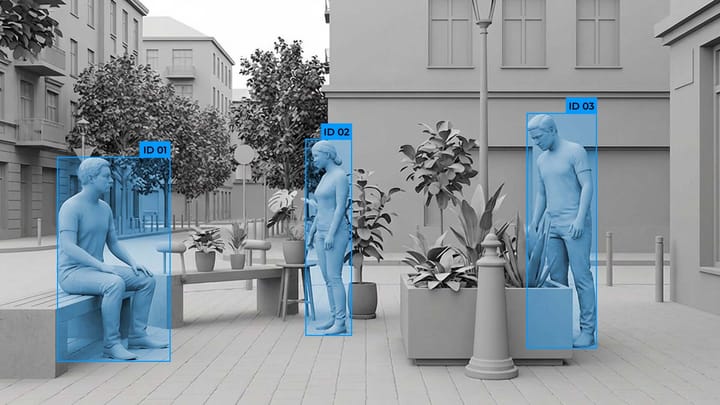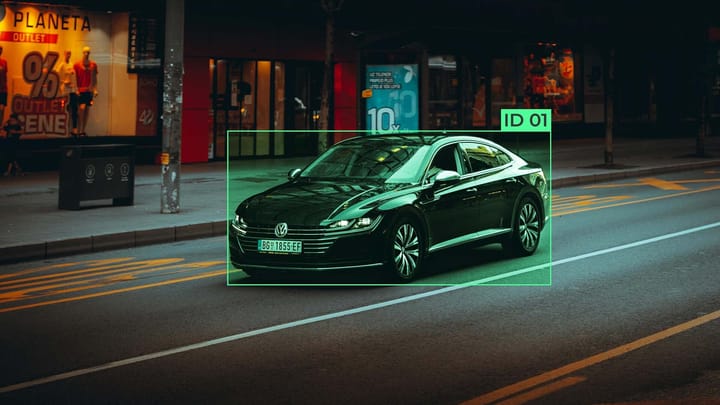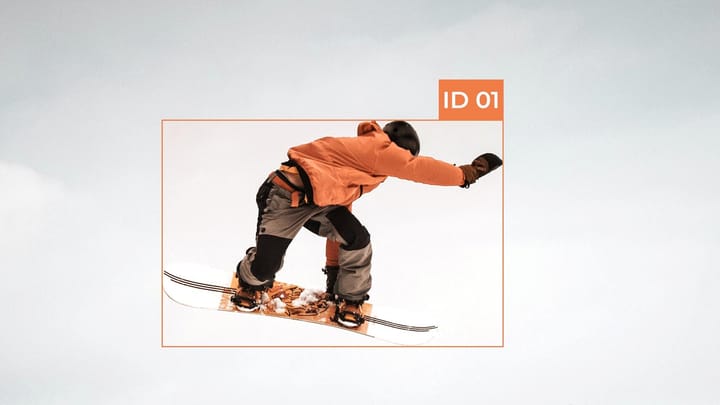Digital twin data for industrial AI applications

In the era of Industry 4.0, integrating digital twin technology with industrial AI is transforming how organizations design, operate, and optimize complex systems. Digital twins, virtual replicas of physical assets, processes, or entire production environments, enable continuous monitoring and simulation by leveraging real-time data streams. This rich, high-fidelity data allows AI models to predict failures, optimize performance, and support data-driven decision-making with unprecedented accuracy.
Key takeaways
- Real-time synchronization enables predictive maintenance and risk mitigation.
- Cross-industry applications span manufacturing, energy, and supply chain management.
- Behavioral modeling reduces operational costs through scenario simulation.
- Continuous data integration bridges physical infrastructure with adaptive digital systems.
The evolution and types of digital twins
- Conceptual origins. The idea of a digital twin first emerged in the early 2000s, focusing on creating virtual representations of physical products to simulate behavior and performance. Initial implementations were largely theoretical and limited to the aerospace and automotive industries.
- Product digital twins. These twins model individual products, components, or machinery, enabling predictive maintenance, design optimization, and lifecycle management.
- Process digital twins. Focused on replicating industrial processes rather than individual assets, these twins optimize workflows, monitor efficiency, and reduce downtime by simulating various operational scenarios.
- System or production line digital twins. These twins encompass multiple assets and processes and provide a holistic view of manufacturing or industrial operations. They enable coordination, resource planning, and real-time performance monitoring.
- Enterprise or ecosystem digital twins. The most advanced form, these twins integrate data from multiple facilities, supply chains, and external systems.
- Human-centric digital twins. Emerging in industrial AI, these twins simulate human interactions with machines and processes, enhancing safety, ergonomics, and operator training through AI-driven behavioral insights.
Key benefits of digital twin data implementation
- Real-time monitoring and IoT integration. Digital twins leverage IoT integration to continuously collect sensor data from equipment and processes, enabling immediate detection of anomalies and reducing unplanned downtime.
- Predictive maintenance. By analyzing historical and real-time data, AI models can anticipate equipment failures before they occur, saving costs, extending asset life, and supporting efficient factory modeling.
- Process optimization. Digital twin data allows simulation of various operational scenarios, helping identify the most efficient strategies and achieve process optimization across production lines.
- Enhanced design and engineering decisions. Virtual models enable testing, validation, and refinement of equipment or processes without interrupting operations, improving factory modeling and workflow planning.
- Data-driven strategic insights. Integrating digital twin data across systems and supply chains fosters scalable, AI-driven decision-making, ensuring that IoT integration and process optimization inform operational and strategic choices.
Integrating digital twin data with generative AI
Generative AI can play with these models, trying out scenarios you might never consider, from rearranging assembly lines to simulating unexpected equipment failures. Thanks to IoT integration, the AI doesn't work in isolation; it continuously ingests real-time sensor data and historical records, learning patterns, spotting anomalies, and suggesting improvements that might slip past even experienced engineers.
Synergies between gen AI and virtual replicas
With factory modeling, virtual replicas can represent machines, workflows, and even human operators, letting the AI test changes without risking downtime. Generative AI can propose multiple design tweaks or process adjustments in seconds, which might take weeks to try on the physical floor.
IoT integration feeds these replicas with live data, so simulations aren't just hypothetical; they mirror reality closely enough to reveal hidden bottlenecks or inefficiencies. This synergy supercharges process optimization, enabling rapid iteration: a tweak here, a small change there, and suddenly, the line runs smoother, waste drops, and outputs increase.
Implementing AI-driven enhancements
Implementing AI-driven enhancements in industrial settings is where digital twins really prove their worth. AI can suggest tweaks that aren't obvious at first glance, such as adjusting a conveyor speed, reassigning tasks, or reorganizing workstations for smoother flow. Thanks to IoT integration, these recommendations are grounded in real-time sensor data, so the AI isn't guessing; it's reacting to what's happening on the floor.
Instead of incremental, trial-and-error improvements, AI can evaluate dozens of scenarios in minutes, highlighting options that maximize throughput, reduce waste, or prevent bottlenecks. Teams can prioritize changes with the highest impact, and because the digital twin acts as a safe testing ground, mistakes cost nothing but a few clicks.
Exploring physics-based and executable digital twins
Physics-based and executable digital twins take the concept of virtual replicas a step further. With factory modeling, engineers can see not just where parts are but how forces, temperatures, and vibrations interact in real time. This level of detail allows for deeper process optimization, predicting how tweaks will affect efficiency or even preventing failures before they happen.
Executable twins can run scenarios, execute workflows, and respond dynamically to changes, almost like a digital stand-in for the actual production line. Coupled with IoT integration, these twins ingest live sensor data and adjust their behavior continuously, giving a highly realistic, actionable view of operations. Engineers can try alternative strategies, identify hidden bottlenecks, or test emergency procedures without physical risk.
Understanding physics-based models
Executable digital twins operate as active, responsive simulations of industrial systems. Unlike static models, they do not merely mirror the physical layout but can run processes, respond to input, and test operational scenarios. By leveraging factory modeling, these twins replicate workflows, machine interactions, and production sequences, enabling teams to anticipate bottlenecks or inefficiencies before they occur. IoT integration provides continuous real-time data, allowing the twin to adapt dynamically and maintain alignment with actual operations.
The core advantage lies in process optimization: teams can simulate adjustments to machinery, resource allocation, or task sequencing and immediately evaluate the impact on throughput, energy use, or safety. Executable digital twins serve as a digital rehearsal space where scenarios can be explored safely, reducing risk and accelerating decision-making.
Real-time simulation & decision-making
Real-time simulation transforms how industrial systems respond to dynamic conditions. By combining factory modeling with IoT integration, digital twins provide an up-to-the-minute view of operations, from machine performance to workflow status. This continuous data flow enables AI models to assess conditions, predict near-future outcomes, and suggest adjustments that improve process optimization.
Decisions can be tested virtually before implementation, reducing downtime and operational risk. For example, a production manager can simulate equipment reconfiguration or shift schedule changes to see their impact on throughput and efficiency. Integrating real-time insights allows organizations to move from reactive responses to proactive, data-driven strategies.
Summary
Digital twins have evolved from static representations of individual machines into complex, interactive systems that support industrial AI applications. Detailed factory modeling and IoT integration provide real-time insights that enhance process optimization, predictive maintenance, and operational planning. Generative AI further amplifies its value by exploring scenarios, suggesting improvements, and enabling rapid experimentation without disrupting physical operations. Physics-based and executable digital twins add depth and interactivity, allowing teams to simulate physical behaviors and test operational strategies safely. Digital twins transform decision-making from reactive to proactive, offering a practical, data-driven approach to improving efficiency, reducing risk, and driving continuous innovation in industrial settings.
FAQ
What is an industrial digital twin?
A digital twin is a virtual replica of a physical asset, process, or production system. Factory modeling and IoT integration help monitor operations, predict issues, and improve process optimization.
How does generative AI integrate with digital twin data?
Generative AI uses twin data to simulate scenarios, test changes, and suggest creative solutions. This accelerates process optimization without disrupting real production.
What are the main types of digital twins?
There are product, process, system, enterprise, and human-centric twins. Each supports different levels of factory modeling and benefits from IoT integration for improved operations.
What are physics-based models?
Physics-based models simulate real physical forces, such as temperature, vibration, or stress. They provide deeper insights into predictive decisions and enhance process optimization.
How do executable digital twins differ from static models?
Executable twins can run processes, respond to inputs, and test operational scenarios in real time. With IoT integration, they dynamically reflect actual conditions and guide optimization.
What are the benefits of combining AI with digital twins?
Key benefits include improved prediction accuracy, fast scenario testing, enhanced process optimization, and reduced operational risk. AI uncovers solutions that may be hard to see manually.
How do digital twins support real-time decision-making?
They provide live sensor data through IoT integration, allowing AI to assess situations and suggest optimal changes. This shifts management from reactive to proactive.
What is the role of factory modeling in digital twins?
Factory modeling creates a precise virtual production replica, including machines, workflows, and resources. It forms the foundation for scenario testing, optimization, and AI-driven improvements.
What challenges exist when implementing AI-driven digital twins?
Challenges include handling large data volumes, integrating systems, maintaining model accuracy, and training personnel. Proper implementation significantly improves process optimization.
How do generative AI and digital twins drive innovation?
They enable rapid testing of new processes and layouts, evaluate effectiveness, and suggest unconventional solutions. This turns digital replicas into a safe experimentation space for real-world operations.



Comments ()